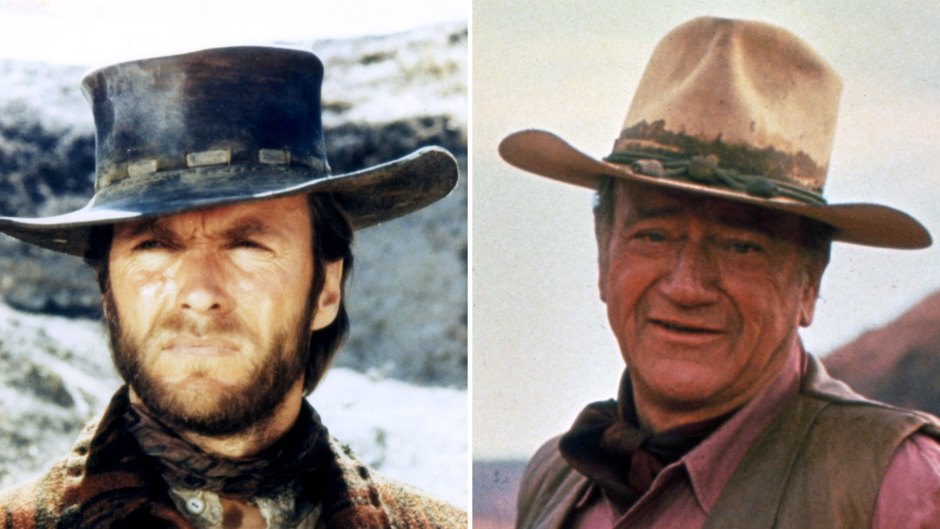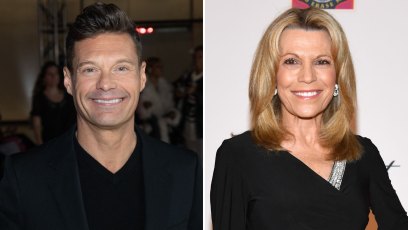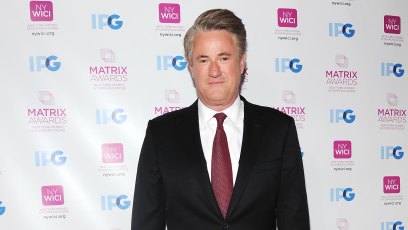
Shutterstock (2)
Cowboy Feud! Western Film Legend John Wayne Felt ‘Threatened’ By Clint Eastwood
In High Plains Drifter, a mysterious man arrives in a corrupt mining town and extracts a version of justice unlike most western films of the past. In this 1973 film starring and directed by Clint Eastwood, there are few clear good guys and bad guys. There are only lawmen, gunslingers and townspeople out to serve their own interests.
It’s no surprise that John Wayne, hero of the American western, hated it. In fact, he disliked it enough to write a letter to the younger star telling him so. “He said it wasn’t really about the people who pioneered the West,” Clint said, adding he meant his movie to be an allegory. “I realized that there’s two different generations and he wouldn’t understand what I was doing.”
TWO VISIONS
As America’s most famous western star, John felt obliged to uphold certain ideals. “He was sensitive about the drift toward nihilism and probably felt a little threatened,” says Scott Eyman, author of John Wayne: The Life and Legend.
It also may have been a little personal. A few years earlier, John turned down Dirty Harry, the 1971 film that made Clint a superstar. “I thought Harry was a rogue cop,” said John. “I saw the picture, and I realized that Harry was the kind of part I’d played often enough — a guy who lives within the law but breaks the rules…to save others.”
Clint and John never worked together, but they did meet when Clint visited the set of 1976’s The Shootist. “John persisted with ‘comfort westerns,’ some of which made money,” says Eyman. But things were changing. “Different times, different audiences, different tastes.”
— Reporting by Rick Egusquiza





































